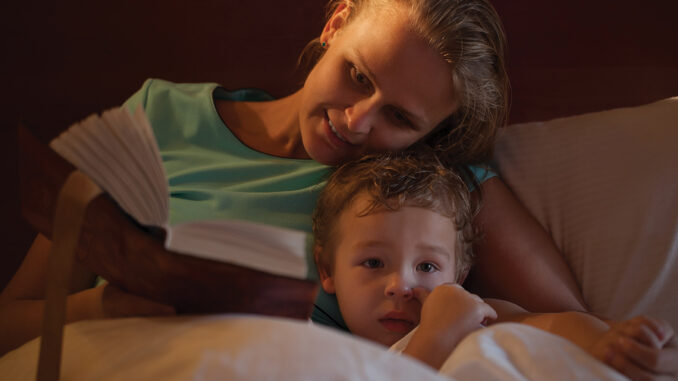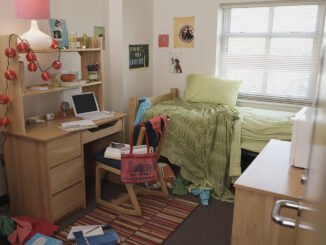
Humans are creatures of habit. In some ways, we all have regular patterns for our lives. Some of us have more daily routines while others live a slightly more random lifestyle. Regardless, routine is an important aspect of human life – especially for children. The younger a child is the more regular patterns are needed to framework a child’s life.
A great example of this is bedtime routines. All young children enjoy a pattern of activities that help them prepare for sleep. For example, Sadie-Rae (5) sleeps best when we do the following: potty, brush her teeth, say a prayer as a family, then her daddy reads a couple of pages of a book while she and I cuddle and her big brother sits next to us. (Sometimes the big sisters are present, but not always.) My cousin’s three-year-old sleeps best with this routine: brushing teeth, potty, prayer, then three specific songs in a specific order. What’s in the routine doesn’t matter as much as the routine itself.
As adults, we usually have sleep routines, too. We don’t generally think of it as being a sleep routine but how many of us do something similar to this: wash our face, sit and watch 30 minutes of TV, brush our teeth, go to bed? Routines are beneficial for adults and children alike. Daily patterns create predictability which allows us to function more efficiently. Regular patterns also help our memories and cognitive functions as well. An article in seniorliving.com addresses how routines can help those who are dealing with Dementia and Alzheimer’s. Here are just a few benefits of having a regular daily schedule: reduced stress, improved sleep schedule, improved eating habits, and a boosted sense of security – just to name a few.
With so many benefits for adults, it’s easy to see how this can translate to children. A regular daily habit can also help children with the transitions they may face in a day. For example, Sadie-Rae did not want to go to pre-school when she first started, but once we added some similar patterns (like the order in which she gets ready for school and me waving goodbye in the mornings), leaving for pre-school got much easier. I know my days function best when they fit into some sort of regular schedule, so it makes sense that it would help children, too.
I try to keep Sadie-Rae on a routine, but I must say it is much more difficult to do than when my big kids were little. Sadie-Rae definitely lacks the same types of routines they had. One example is bedtime. My kids were almost always in bed by 8:30. Now there are many days when we are all at a ballgame or other activity for one of the big kids and aren’t even getting home until 9:00 or 9:30. This means that in any given week, bedtime could run anywhere from 8:00 to 10:30.
It makes me sad I can’t give Sadie-Rae the same scheduling I gave the other kids. I worry it is a disservice to her and will negatively impact Sadie-Rae in some way. But I’m doing my best to keep things predictable in her world and that’s all I can do. I guess what I’m saying is that I’ve learned to be a bit more flexible. Routines are important – and some are non-negotiable, but it is also important to remember balance. Sometimes, I have to balance the routine with the benefits of family time or supporting siblings. Structure is important but so are the benefits of flexibility. Enjoy the balance while I excuse myself to participate in Sadie-Rae’s bedtime routine.
-by Kari Carr
About the Author: Kari doesn’t claim to be a parenting expert, just a mom to her four wonderful children and wife to the love of her life, Mike. Together they move through the ups and downs of raising kids in this crazy world. She struggles through the trials and joys of raising children from the ages of two to 15 years old. Kari received her degree at WKU and taught public middle school music and choir for seven years before opening her own business, Sound Beginnings Musikgarten & Vocal Studio. She lives and works in Bowling Green.




